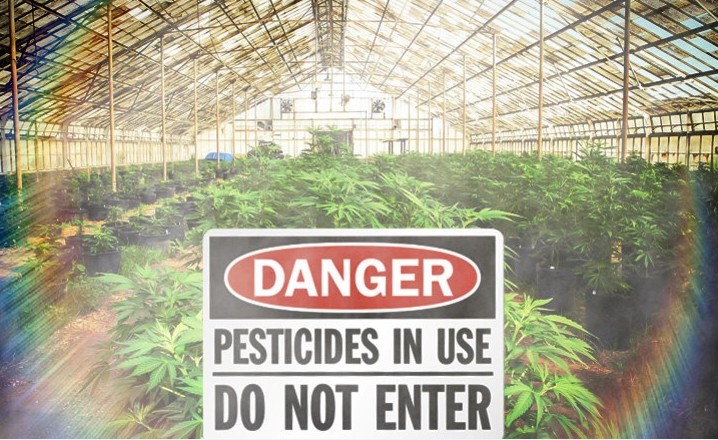
Benzinga 27 December 2020
Family First Comment: Not so green eh
“The connotation that marijuana is grown by hippies up in the mountains with only the most holistic, organic practices is a far cry from a multibillion dollar industry that packages everything in child-proof plastic while competing against a robust black market where cultivation, manufacturing and testing standards can be circumvented.”
Between Arizona, Mississippi, Montana, South Dakota and New Jersey – all states who have expanded medical and/or adult-use cannabis legalization statewide – there are over 143 million acres of agricultural land for over 20 million Americans.
But what about the cannabis environmental impact?
The economic possibilities may have investors and entrepreneurs and seeing green, but as climate disasters ravage the United States with floods, fires and storms, one must not forget the impact cannabis mass cultivation can have on local ecology.
The connotation that marijuana is grown by hippies up in the mountains with only the most holistic, organic practices is a far cry from a multibillion dollar industry that packages everything in child-proof plastic while competing against a robust black market where cultivation, manufacturing and testing standards can be circumvented.
As of now, there are no universal standards for organic cannabis cultivation beyond certain restricted pesticides and few incentives for farms to clean up their act in the face of cannabis environmental factors.
In other words, cannabis, as an industry without conscious practice, contributes significantly to carbon emissions, disrupts local ecology, and creates mountains of garbage.
Sharp Rise in Use of Electricity and Power
No two cannabis grows are run the same. Indoor, outdoor, greenhouse – they vary in yield, labor, and carbon footprint. A small indoor operation running lights, A/C, and bringing in water for hydroponics uses vastly more resources than an outdoor operation using the sun and well water, for example.
While indoor cultivation allows for the most control of elements, pests, and environments to create these photogenic, high-THC buds, it is also the most costly in terms of resources.
A Bloomberg Environment and Energy report from 2019 showed that in just a year, the legal cannabis industry emits 472 tons of electricity-related carbon. In the city of Denver alone, there was a 36 percent increase in electricity and power between 2012 and 2016 to cultivate cannabis and manufacture products.
https://www.benzinga.com/markets/cannabis/20/12/18860032/as-new-states-legalize-cannabiss-environmental-footprint-looms
